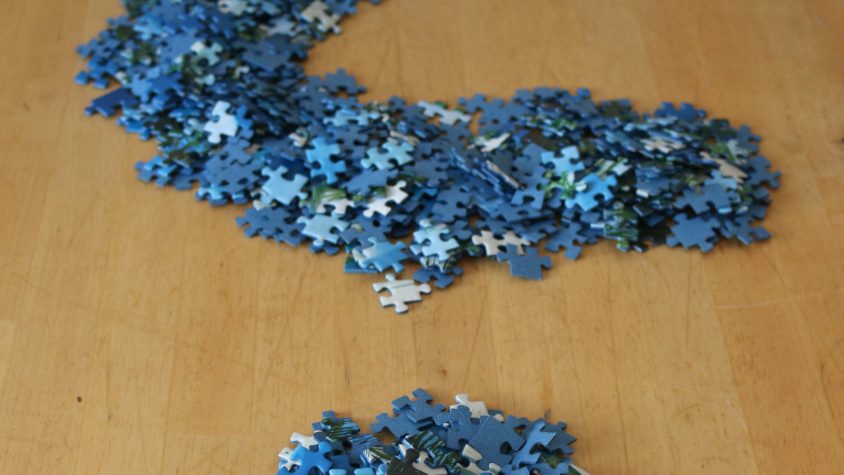By Tehniyet Azam According to Mayo Clinic, autism is defined as a serious developmental disorder that impairs the ability to communicate and interact. Autism spectrum disorder impacts the nervous system. Early recognition, as well as behavioral, educational, and family therapies may reduce sympt...
By Tehniyet Azam
According to Mayo Clinic, autism is defined as a serious developmental disorder that impairs the ability to communicate and interact. Autism spectrum disorder impacts the nervous system. Early recognition, as well as behavioral, educational, and family therapies may reduce symptoms and support development and learning. The range and severity of symptoms can vary widely.
Common symptoms include:
• Difficulty with communication
• Difficulty with social interactions
• Obsessive interests
• Repetitive behaviors
Development Red Flags
By 6 months: No big smiles or other warm, joyful expressions
By 9 months: No back-and-forth sharing of sounds, smiles, or other facial expressions
By 12 months: Lack of response to name and no back-and forth gestures, such as pointing, showing, reaching, or waving
By 16 months: No spoken words
By 24 months: No meaningful two-word phrases that don’t involve imitating or repeating
As children get older, the red flags for autism become more diverse. There are many warning signs and symptoms, but they typically revolve around impaired social skills, speech and language difficulties, non-verbal communication difficulties, and inflexible behavior.
Signs of Social Difficulties:
• Appears disinterested or unaware of other people or what’s going on around them
• Doesn’t know how to connect with others, play, or make friends
• Prefers not to be touched, held, or cuddled
• Doesn’t play “pretend” games, engage in group games, imitate others, or use toys in creative ways
• Has trouble understanding feelings or talking about them
• Doesn’t seem to hear when others talk to him or her
• Doesn’t share interests or achievements with others (drawings,toys)
Signs of Speech and Language Difficulties:
• Speaks in an abnormal tone of voice, or with an odd rhythm or pitch (e.g. ends every sentence as if asking a question)
• Repeats the same words or phrases over and over, often without communicative intent
• Responds to a question by repeating it, rather than answering it
• Uses language incorrectly (grammatical errors, wrong words) or refers to him or herself in the third person
• Has difficulty communicating needs or desires
• Doesn’t understand simple directions, statements, or questions
• Takes what is said too literally (misses undertones of humor, irony, and sarcasm)
Signs of Nonverbal Communication Difficulties:
• Avoids eye contact
• Uses facial expressions that don’t match what he or she is saying
• Doesn’t pick up on other people’s facial expressions, tone of voice, and gestures
• Makes very few gestures (such as pointing). May come across as cold or “robot-like.”
• Reacts unusually to sights, smells, textures, and sounds. May be especially sensitive to loud noises. Can also be unresponsive to people entering/leaving, as well as efforts by others to attract the child’s attention.
• Abnormal posture, clumsiness, or eccentric ways of moving (e.g., walking exclusively on tiptoe)
Signs of Inflexibility:
• Follows a rigid routine (e.g., insists on taking a specific route to school)
• Has difficulty adapting to any changes in schedule or environment (e.g., throws a tantrum if the furniture is rearranged or bedtime is at a different time than usual)
• Unusual attachments to toys or strange objects such as keys, light switches, or rubber bands. Obsessively lines things up or arranges them in a certain order.
• Preoccupation with a narrow topic of interest, often involving numbers or symbols (e.g., memorizing and reciting facts about maps, train schedules, or sports statistics)
• Spends long periods watching moving objects such as a ceiling fan, or focusing on one specific part of an object such as the wheels of a toy car
• Repeats the same actions or movements repeatedly, such as flapping hands, rocking, or twirling (known as self-stimulatory behavior, or “stimming”). Some researchers and clinicians believe that these behaviors may soothe children with autism more than stimulate them.

